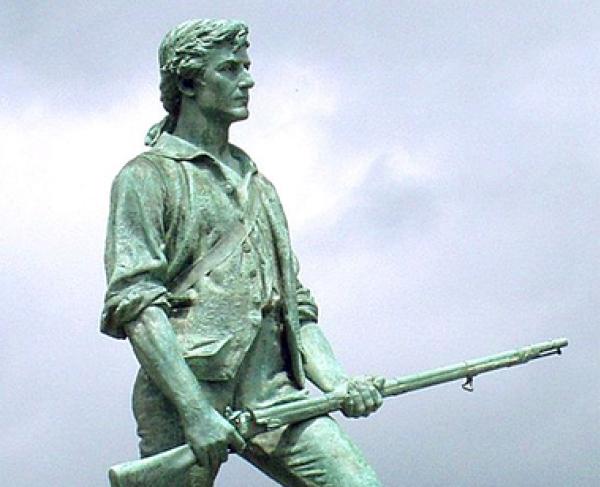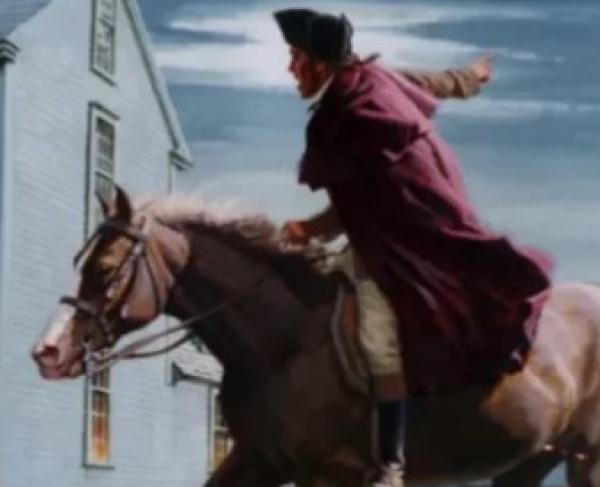John Parker

John Parker was born on July 13, 1729 in Lexington, Massachusetts, to Josiah Parker and Anna Stone. He lived his whole life in the Massachusetts colony as a farmer, smith, soldier, and colonial militia captain. He and his wife Lydia Moore Parker had seven children together.
Parker got his first military experience with the British in the French and Indian War at two of the most important battles of the war, the Siege of Louisburg in 1758 and the Battle of the Plains of Abraham in 1759. After the war, he returned to Massachusetts, and his experience in the French and Indian War contributed to his election as the militia captain for the town of Lexington.
In April 1775, word arrived in Lexington that the British were marching from Boston to seize and or destroy Patriot military supplies at Concord. At this point, John Parker was forty-six years old, suffering from tuberculosis and on his death bed. On the morning of the April 19, he mustered his strength and walked two miles to Lexington Green to take command of the seventy or so militiamen awaiting the British regulars. Here, Parker is said to have told his men, “Stand your ground. Don’t fire unless fired upon, but if they mean to have a war, let it begin here.”
Nobody knew who fired the first shot of the American Revolution, but in the brief skirmish on Lexington Green, eight of Parker's men died (including his cousin Josiah) and another ten men fell wounded. The British column continued their march to Concord, did not find the supplies, and started marching back to Boston on the same road they left the city on. The Lexington militia under Parker regrouped along the road, hiding behind rocks and trees, ready to ambush the British column in what is called Parker’s Revenge. The Lexington militia fired in a single group of attacks along the road that would inflict heavy casualties on the British as they retreated.
John Parker did not live long into the war, dying at the age of forty-six on September 17, 1775, and was buried at Lexington’s Old Burying Ground. There are no known paintings or depictions of him, but it is said that The Lexington Minuteman statue erected in 1900 was modeled after John Parker.
Related Battles
93
300

